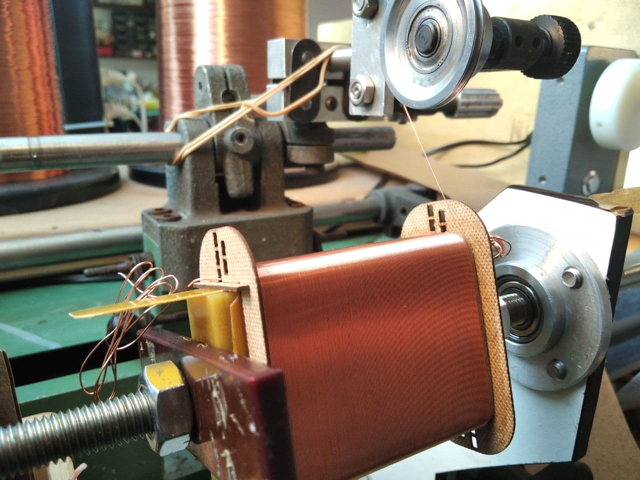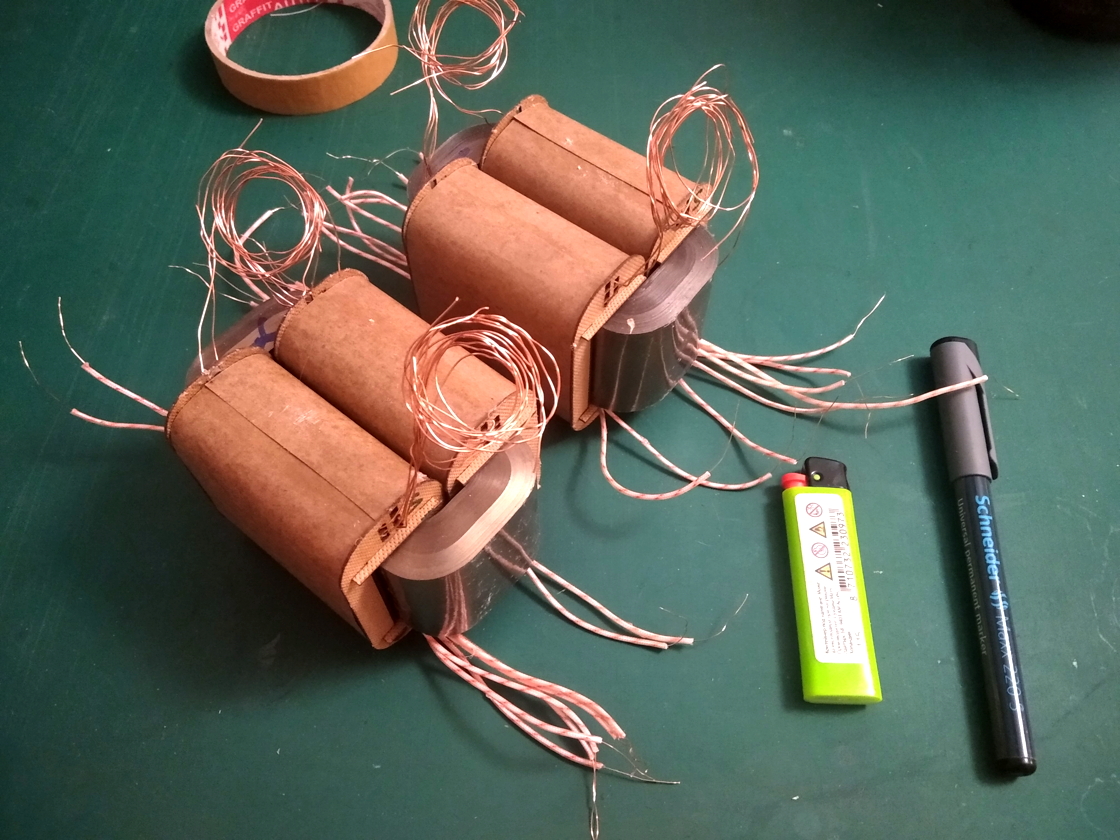tLFF and It’s Relatives
In 4 Parts – Describing my investigations, findings, and significance of this well known yet little understood common audio complaint.
Drilling down into
tLFF (the Listener Fatigue Factor)
Part 1
So back in 2015 I wrote a few posts that wound up in the HD800 thread, and until the other day when I stumbled upon my stored links to them, they had remained buried and forgotten about.
Until now…
An interesting subject, Listener Fatigue…
Everyone has heard of it, or knows what it is if they have spent too many hrs listening to music and they just need to stop and take the HP's or IEM's out and 'go quiet'/do something else, for a while.
Listener fatigue is when you reach for the
DRC (Dynamic Range Control, aka, the volume control) to turn it down because there is an 'irritation' of some sort.
It may not be eye squinting nor face scrunching but somethin' just ain't right…
It's kinda like that 4 letter word describing the content in adult magazines, we just know it when we hear it.
tLFF is or can be subtle but can become rather apparent especially during longer listening sessions.
But very few have a 'definition' of just what constitutes Listener Fatigue, where it comes from, or how to lessen its affects etc.
And as I continued on my journey to learn what I could, I found some deep insights and how I could use
tLFF to my advantage and apply what I learned along the way to improve my SQ.
So these next few posts are what I learned when I jumped down this rabbit hole.
My original writeup started out with a comment by
@knowhatimean that I answered concerning the influence that external grills have on the soundstage and other factors such as the common use of foam and other dampening materials to quell the ‘bad resonances’ of the HD800.
“knowhatimean said:
There is a reason it sounds wider. Some of the available "width" info is being "masked" be the "resonance" that the grilles were causing.(Spatial cues are much easier to hear when you start removing mechanical colorations that the headphones are producing)
Joni Mitchell sums this up perfectly in the lyric from "Big Yellow Taxi" …”You don't know what you've got til it's gone !””
And my (edited) reply…
Um, that may or may not be the ‘source’’ of the pinched width of the sound stage.
My SAA modded 800's have no shelf liner, creatology foam, felt, nor inner covers, and the spatial cues are pinpoint precise and expansive, where the recording calls for such.
I suspect there are 'other' influences at play.
But what I do notice as a result of all of these (Anax & SAA) mods, is a major reduction in
tLFF, which 'allows' me to turn up the
DRC, to 'higher' levels before I reach 'too much' and don't wish to go any higher, mostly due to the lack of ‘comfort' level of the SPL (Sound Pressure Level).
When
tLFF is improved, by whatever means, the SQ raises accordingly.
I hear this as an increase in the degree of being ‘in focus’, for the entire acoustic presentation.
And interestingly, as
tLFF is improved, this 'additional' degree of being ‘in focus’ remains quite evident, even when the
DRC is lowered.
What this allows is a greater dynamic range in the playback of the music, which in turn increases all of the subtle cues (spatiality, and all the other related harmonics associated to each instrument/voice), not to mention better bass due to our hearing's natural volume increase of the low end, as the overall SPL is raised.
And there seems to be another 'mechanism' at play as well.
As the ‘Choke Points' (
CP’s) in the entire system are ameliorated, the overall 'get out of its own way' factor 'allows' for a more accurate original signal to arrive at the transducers, in the first place.
And.
As we reduce the transducers ‘unwanted/undesirable’ acoustic 'traits', this can also 'allow' more of the actual signal to be heard, because these ‘bad’ traits no longer act as a 'mask', which means the need for further masking the mask, can become both unnecessary to begin with, and unwanted.
But as we all know improvements to the transducer (speakers, headphones) are usually the most effective.
And these types of mods, such as adding masking with foam/felt, experimental removal of 'extra' parts (grills, etc), have been popular forever.
And further it is also commonly held that these sorts of improvements can sometimes be quite significant, as is the case before us.
So it can be a challenge for us DIY’rs to figure out the ‘best’ balance between different mods.
Which has led me to the understanding that as further
CP’s are removed from the system, it is able to resolve to even greater degrees of inner definition, and be able to deliver 'more' of each instrument/voice, with a greater sense of acoustic 'realness' as the level of precision and resolution is increased.
And there is another thing I’ve noticed, namely, as our systems become more and more precise and resolving, it becomes all to easy to assign causation of the undesirable sonic traits, to an incorrect originating source of the 'irritation'.
But not always…
For instance, some believe the 800's have a 'resonant?' peak in the ≈ 5-8KHz region and that is the source of their ‘problem’.
Or (fill in your favorite example here)…
But with any reduction of the causes of
tLFF, the apparent overall sound level seems to lower at the same time that the
DRC has been raised. Which is rather curious, if you think about it. (I raise the
DRC and the volume seems to lower????)
Because now, to reach the same level of tLFF as before the last improvement to
tLFF, the
DRC needs to be increased, even further…
It sounds like the acoustic presentation seems to present less ‘energy’ (SPL). And due to the reduction of the causative factors of
tLFF and other
CP’s, the available acoustic energy seems more tightly ‘bound’ to its original ‘parent’/source.
Which points back to the perceived decrease in the Dynamic Range, because while there is less ‘smeared’ acoustic energy (since more of it is ‘bound’ to its acoustic source), the amount of silence between individual notes for each instrument/voice/source of acoustic energy, has increased.
And so there is a greater amount of time where less acoustic energy is being generated, and we can perceive this as lower SPL.
IOW, when the total amount of available acoustic energy is aligned and associated more precisely and accurately with its original source, there is more complete coupling of the original sonic signal to its re-created acoustical parent, which also means there is less acoustic energy where it doesn’t belong.
Which is another way of saying the sound level seems to drop due to the reduction of tLFF, as the entire system has gotten ‘out of it’s own way’, all the more.
And, "You don't know what you've got til it's gone !" indeed! :thumb
This was the introduction to the next part which gets much more involved and lengthy.
So I turned it into two separate posts, and added an addendum which makes this a 4 post topic.
So on to part 2.
JJ



































